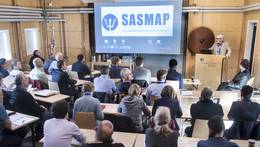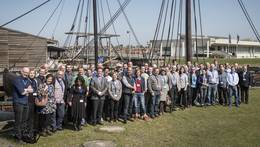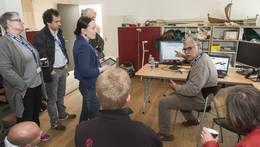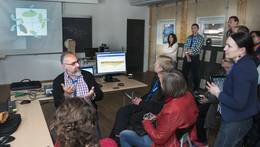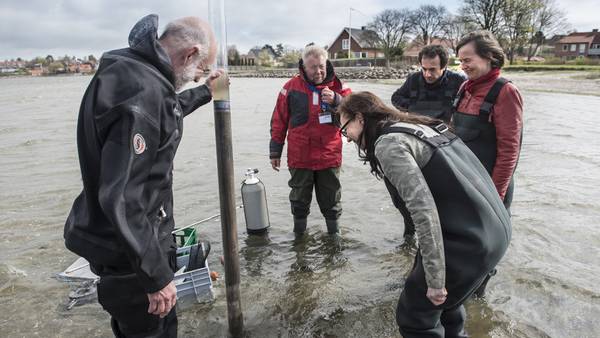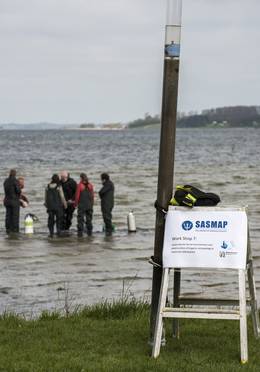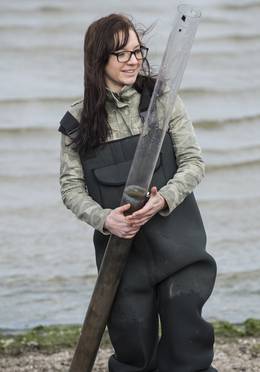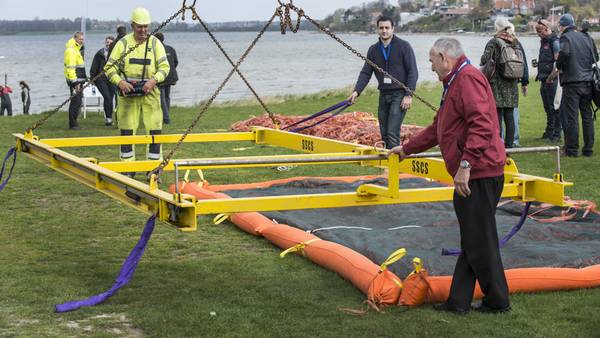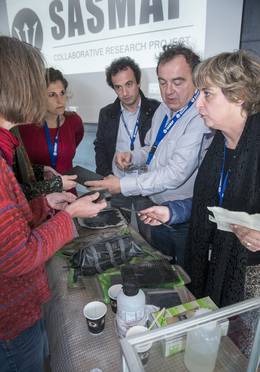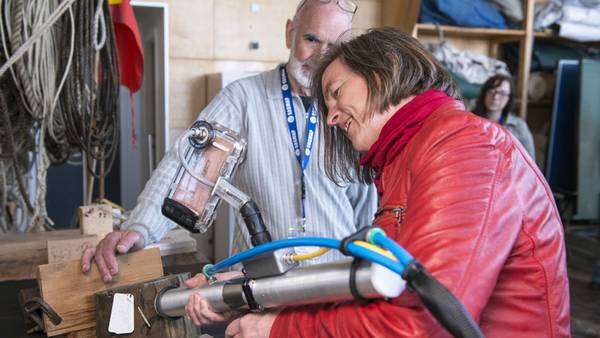SASMAP seminar and workshop was a success
The SASMAP seminar and workshop was held at the Viking Ship Museum on the 22nd and 23rd of April 2015. Have a look at the programme.
Participants from the UK, Denmark, Switzerland, Italy, Sweden, Australia, Greece, Poland, Germany and the Netherlands were present in Roskilde for the two days, that started with welcoming speeches from the SASMAP coordinator, David Gregory, National Museum of Denmark, Jørgen Dencker, Head of Maritime Archaeology at the Viking Ship Museum, Jesper Stub Johnsen, Head of Conservation & Natural Sciences at The National Museum of Denmark and Karen Edelvang, Head of Marine Geology and Glaciology, Geological Survey of Denmark and Greenland, GEUS.
The overarching downscaling and upscaling themes of the SASMAP project and the tools and techniques that have been developed and used within the project were presented at the workshop. Six different workshops were set up and participants had a chance to speak to the partners, learn and get hands on experience of the different equipment.
Other workshops showed the upscaling elements of the project – how to deal with various elements of assessing, stabilizing and monitoring underwater archaeological sites once they have been localised.
All photos on this page belongs to Werner Karrasch, The Viking Ship Museum in Roskilde.


